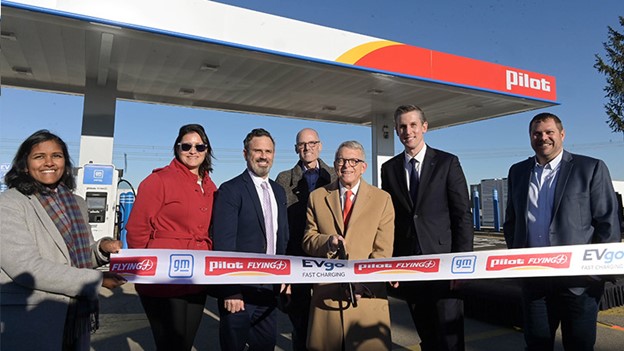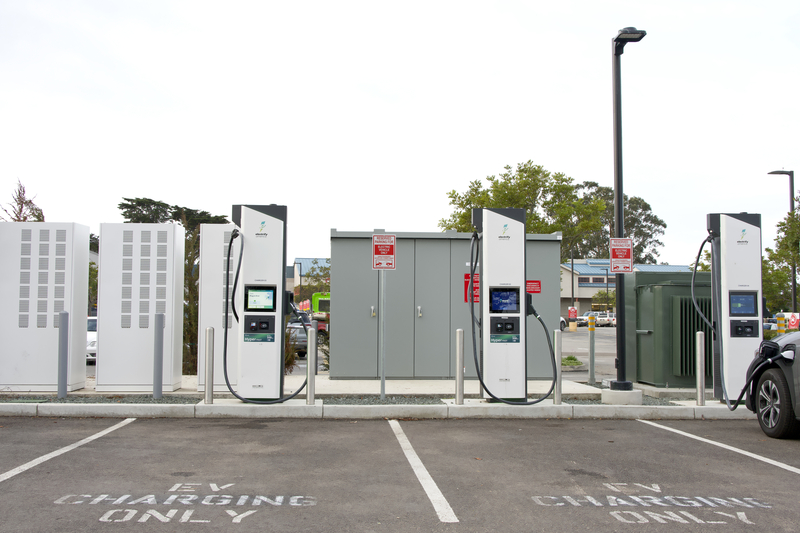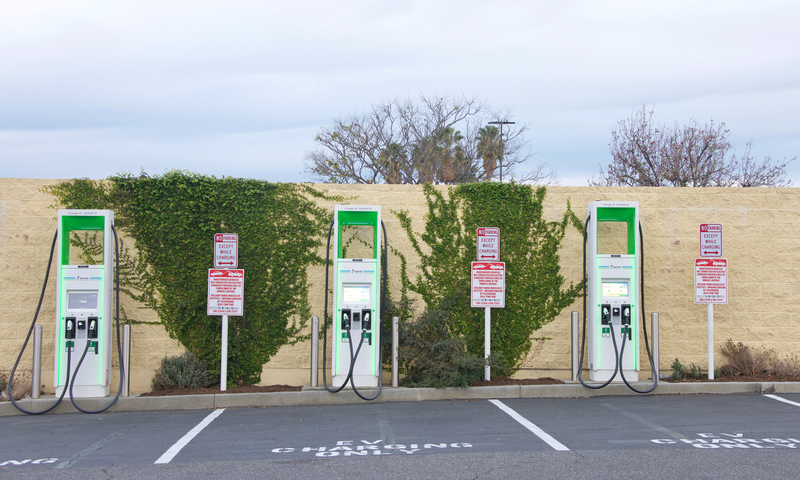
Convenient and reliable EV charging options in all 50 states are providing more people than ever with the freedom to travel using electric mobility. The national network is well ahead of schedule to meet the Biden-Harris Administration’s goal of 500,000 chargers by 2030.
Marking the most significant transformation to the transportation system in a century, the deployment of more chargers is happening thanks to both public funding and private sector investment. New charging stations funded by the National Electric Vehicle Infrastructure (NEVI) formula program, Charging and Fuelling Infrastructure (CFI) program, and Electric Vehicle Charger Reliability and Accessibility (EVC-RAA) program have all come online within the past month or so, bolstering private investment that’s bringing multimodal charging solutions to communities and creating fast charging hubs along key travel corridors.
As of 30 September 2024, drivers can travel 57.8% of the most heavily trafficked corridors nationwide with the assurance of finding a fast charger at least every 50 miles. By the end of next year, it is expected that coverage will increase to 70% of those corridors.
The Joint Office has been working with states, local communities, and industry to build a national EV charging network that gives people access to the convenience, performance, and cost savings of electric vehicles. Currently, plug-in EVs make up nearly 10% of the US light-duty vehicle market, with even more vehicle options becoming available to meet growing demand.
To ensure the national public charging network’s reliability, the Joint Office has advanced key standards, including the J3400 connector standard, which was recently established as a recommended practice. This standard will make a greater portion of the existing public charging infrastructure accessible to a wider range of vehicles.
The Joint Office points out that its efforts go beyond installing new chargers. It is upgrading broken chargers and bringing the national charging network, along with the good paying jobs it entails, to every community, rural, suburban, or urban.












